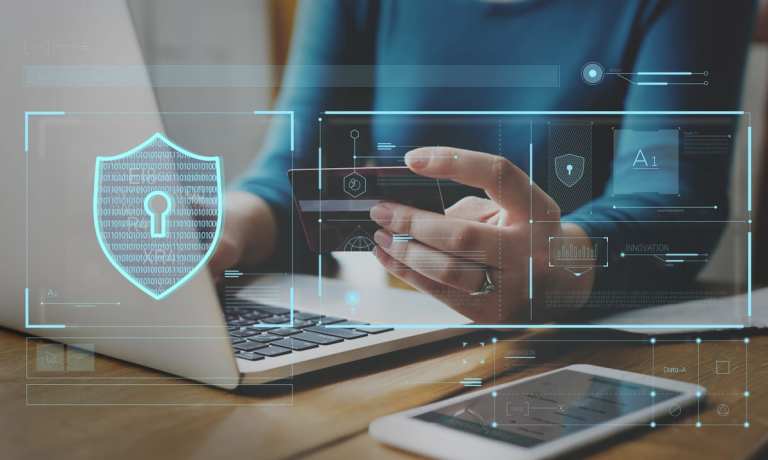
Remote onboarding is now the rule, not the exception, and consumer attitudes toward this process are quickly solidifying into a set of experiential expectations that must be met.
PYMNTS Digital Consumer Onboarding Tracker® done in collaboration with Melissa looks at ways the remote digital onboarding process is being speeded and simplified by the use of data products that leverage consumer fondness for autofill and select other features.
“Businesses worldwide are shifting their operations online as more consumers go digital, but the increased competition in the eCommerce space means that the slightest friction during onboarding and verification could cost merchants business,” according to the latest Digital Consumer Onboarding Tracker®.
Greg Brown, vice president of global marketing for verification and onboarding solutions provider Melissa, recently noted that retailers can ensure they provide seamless customer experiences by obtaining accurate address information. “Doing so can prevent merchants from making costly delivery mistakes, he explained, and this data can also be used to verify consumers’ identities when they make digital purchases,” per the Tracker.
Making Smartphones Smarter
While eCommerce is bedeviled by cart abandonment now as ever, the problem is yielding to solutions that cross-verify even during checkout — a key to sealing this leak in online selling.
“Cart abandonment has long plagued eCommerce merchants, with one study finding that consumers worldwide ditch more than 75 percent of their orders at checkout. Making the checkout process as smooth as possible is thus key to converting these shoppers, and research suggests that address verification and autofill functions can help,” the Tracker states.
We’re seeing more of that ecommerce authentication happening via smartphone, and data tools are making that process work better as well. “A new study suggests that using smartphone biometrics is the easiest way for banks to meet new payments regulations and authenticate users during onboarding processes,” per the Tracker.
“The effectiveness of smartphone biometrics for onboarding also reflects an increase in consumers’ comfort levels, trust and willingness to hand over this data for security purposes,” it states, adding, “Another study similarly indicates that 89 percent of U.S. adults over the age of 18 have smartphones, and FIs can present the same customer authentication techniques with each user interaction.”
‘Finishing Touches’ For Vital Processes
With almost two-thirds of U.S. banks currently not allowing accounts to be opened via mobile apps, it seems out of step (and a little of out touch) with consumer feelings on the matter.
As the Tracker notes, “[Despite] the growing popularity of remote onboarding with biometrics … one-half of U.S. FIs require three different forms of identification to open accounts digitally, 45 percent require more than two days to open an account, 75 percent have four or more password requirements and 35 percent have processes that require more than 20 clicks to onboard new customers.”
It’s not a recipe for digital-first success, but the pace of change is picking up.
“Global address verification tools can leverage locational data to analyze select user details and automatically fill information fields, for example, allowing customers to put the finishing touches on the process by verifying their addresses and supplying any additional details,” according to the latest Digital Consumer Onboarding Tracker®.